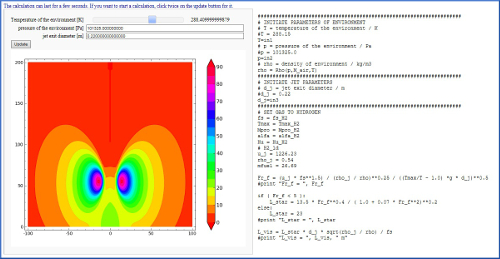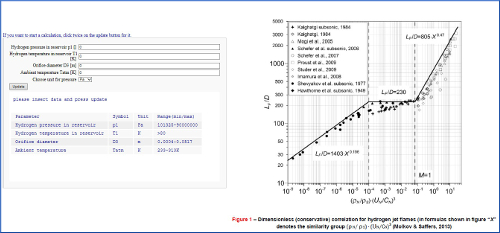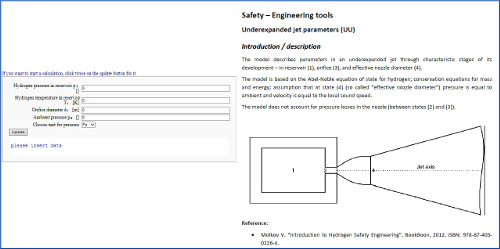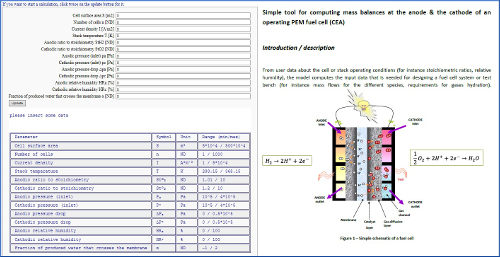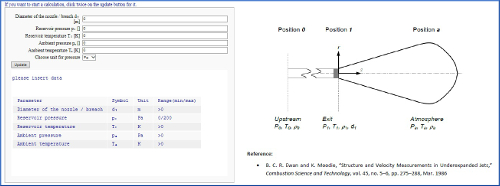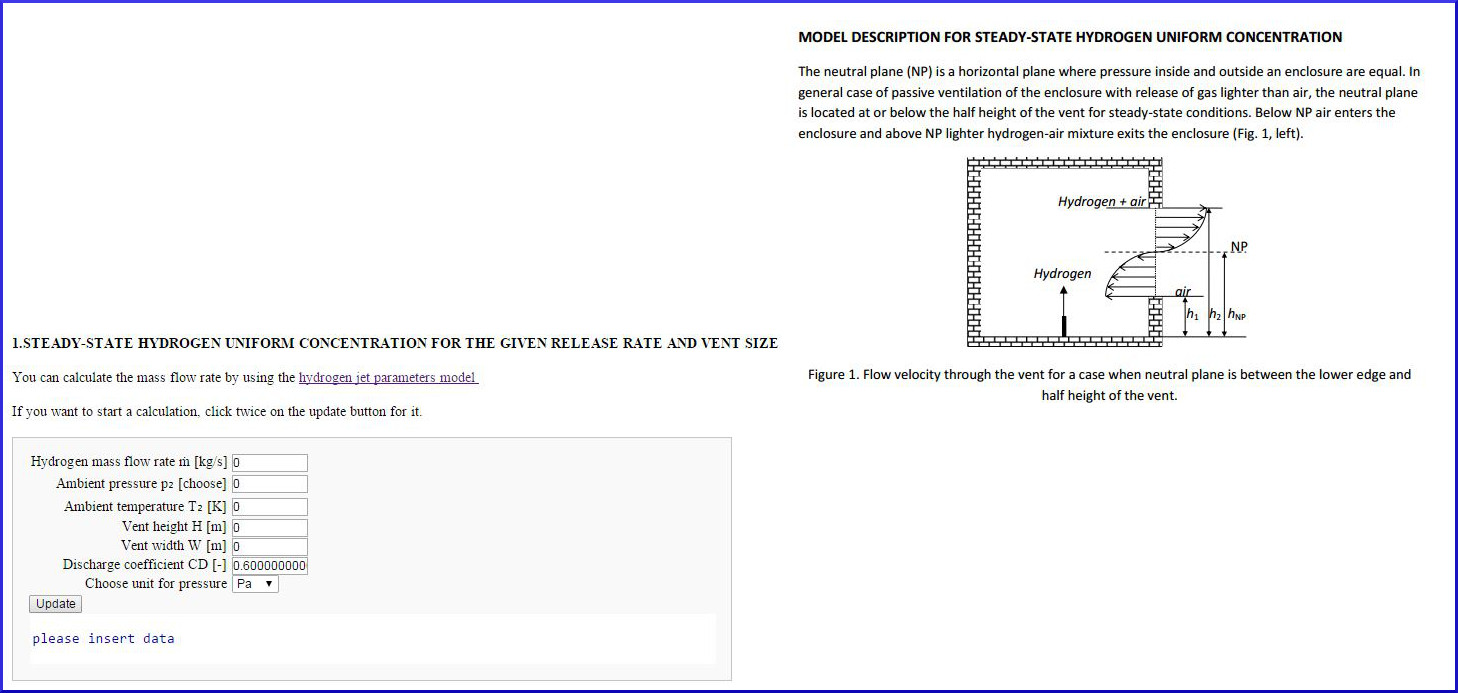H2FC in General
H2FC Access
H2FC News
H2FC Member Area
Latest update
H2FC Sage frameworkCrossing borders to find new ways and solutions -> be part of a CROWDSOURCING Community in Hydrogen and Fuel Cell research!Sage is a free open source mathematics software system (based on Python). We have implemented H2FC Sage worksheets, especially adjusted regarding hydrogen and fuel cell models. On SageMathCloud you can examine existing H2FC experiments but you can also create and share experiments by yourself. It is recommended to use Firefox, Chrome or Safari browser instead of Internet Explorer. If you need some help please look at our tutorial: Sage-Tutorial.pdf
Have a look at our ALREAdy published worksheets: overviewFlame Radiation
Flame length and Separation distance for jet fires (UU)
Hydrogen jet parameters (UU)
Simple tool for computing mass balances at the anode & cathode of an operating PEM fuel cell (CEA)
Free Jet Model (Freejet) (HSL)
Unignited jets - Axial distance to different H2 concentrations
Calculation of required Reservoir volume
Model for passive ventilation in an enclosure with one vent: uniform hydrogen concentration (UU)This model allows for the calculation of the three features:
If you want to learn more about general Sage look at the official website. There you can find a lot of information and also tutorials:
Disclaimer. Author, editors and users does not make any warranty or assumes any legal liability or responsibility for the accuracy, completeness, or any third party`s use of any model, information, product, procedure, or process disclosed, or represents that its use would not infringe privately owned rights.
|



